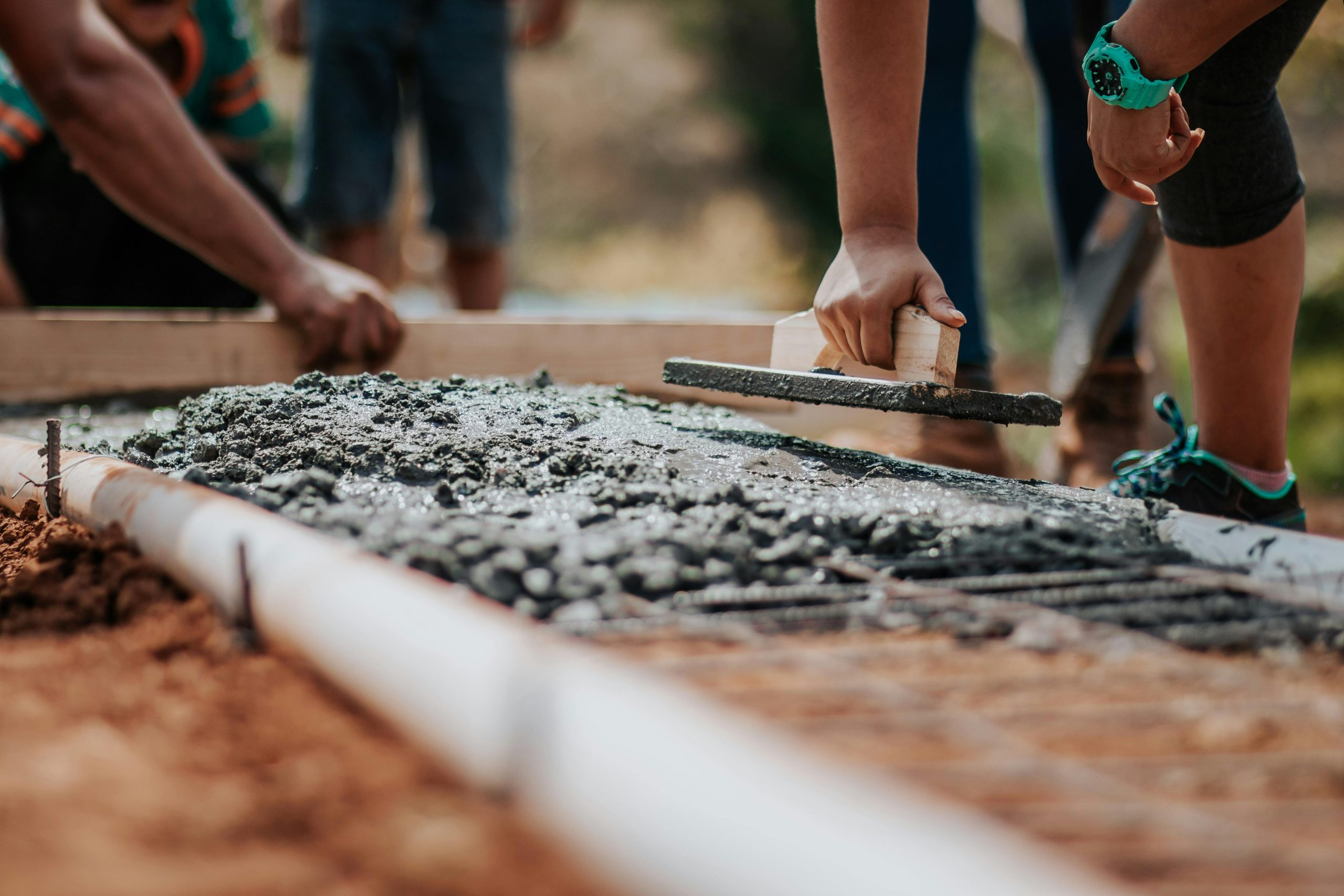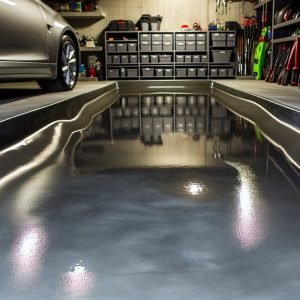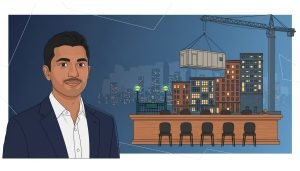Last Updated on October 30, 2025 by teamobn
Outdoor work during summer can be both physically demanding and dangerous. Whether you’re in construction, landscaping, farming, or maintenance, heat-related risks are real — and they shouldn’t be ignored. While the sun brings longer days and brighter skies, it also brings intense UV rays, high temperatures, and the threat of heat exhaustion. Staying safe isn’t just about comfort. It’s about protecting your health and your ability to do your job.
Here are practical, easy-to-follow strategies for staying safe when working outdoors in the heat.
Contents
- 0.1 Understand the Dangers of Heat Exposure
- 0.2 Dress Smart, Not Just for Comfort
- 0.3 Hydration: More Than Just Drinking Water
- 0.4 Schedule Smart Breaks in Shaded Areas
- 0.5 Use Protective Equipment with Cooling Features
- 0.6 Recognize Early Warning Signs in Yourself and Others
- 0.7 Train for Emergencies Before They Happen
- 1 Final Thoughts on Staying Safe While Working Outdoors in Summer
Understand the Dangers of Heat Exposure
Before you can protect yourself, you need to know what you’re up against. Heat-related illnesses come in stages. First, there’s heat rash — itchy red bumps from sweating. Then comes heat exhaustion, with symptoms like dizziness, headache, nausea, and heavy sweating. If left unchecked, this can lead to heatstroke, which is a medical emergency.
The CDC reports that more than 700 people die from extreme heat each year in the U.S. alone. Most of these deaths are preventable. The more informed you are, the better equipped you’ll be to stay safe and alert on the job.
In addition to these immediate health risks, heat can also cause long-term issues. Prolonged exposure to high temperatures may lead to chronic dehydration or damage to the kidneys and liver, increasing your risk of developing more severe health problems over time.
Dress Smart, Not Just for Comfort
Clothing makes a major difference. The right outfit can reduce your body temperature and prevent sunburn, which accelerates fatigue and increases dehydration risk.
Opt for light-colored, breathable fabrics like cotton or moisture-wicking blends. Long sleeves and pants may sound counterintuitive, but they actually shield your skin from UV rays and evaporative moisture loss. Wide-brim hats or hard hats with sun shields add extra protection for your face and neck—areas often overlooked.
And don’t forget your eyes. Sunglasses with UV protection aren’t just a style choice. They reduce eye strain and shield your vision from long-term damage. When you’re in the sun for long periods, your eyes are exposed to harmful rays, which can lead to conditions like cataracts or macular degeneration later in life.
Hydration: More Than Just Drinking Water
It’s easy to underestimate how much water your body loses in the heat. By the time you feel thirsty, you’re already on your way to dehydration. That’s why regular hydration should be a routine, not a reaction.
Drink water every 15 to 20 minutes, even if you don’t feel thirsty. Avoid sugary drinks, energy beverages, and especially alcohol—they can actually speed up dehydration. If you’re sweating heavily, consider electrolyte-rich drinks to replenish lost salts and minerals.
Tip: Pre-hydrate before starting your shift, and keep a reusable bottle with you at all times. Having a hydration schedule can ensure you’re maintaining your body’s fluid balance.
Schedule Smart Breaks in Shaded Areas
Taking breaks in the heat isn’t a sign of weakness. It’s a smart tactic to stay productive and alert throughout the day. Whenever possible, schedule your most physically demanding tasks for the early morning or late afternoon. Avoid peak heat hours between 11 a.m. and 3 p.m.
Use break times to rest in shaded or cool areas. If natural shade is limited on your worksite, create it. Installing a Kubota tractor canopy or using portable sun shelters can provide much-needed relief for field workers or those operating machinery. These small adjustments can significantly reduce your risk of overheating while keeping you focused and efficient.
Remember, the longer you work in direct sunlight without breaks, the greater the chances of experiencing heat-related issues. Even if you feel fine, frequent breaks are crucial for overall productivity and safety.
Use Protective Equipment with Cooling Features
PPE (Personal Protective Equipment) is necessary for safety, but in the summer, it can also become a heat trap. That’s where modern gear makes a difference.
Look for PPE options with cooling features, like ventilated hard hats, moisture-wicking gloves, or cooling vests. Some vests even have gel packs that stay cool for hours. Consider adding neck wraps or bandanas soaked in cold water—these can help lower your core temperature without interfering with your mobility.
In situations where you’re working near hot surfaces or machinery, PPE with thermal insulation is key to preventing skin contact burns and radiant heat exposure. The right PPE not only protects you from injury but also helps prevent heat-related illnesses from setting in.
Recognize Early Warning Signs in Yourself and Others
Even with all the right gear and plans, heat-related illness can sneak up fast. That’s why situational awareness matters.
Learn to recognize early signs in yourself—such as muscle cramps, confusion, extreme fatigue, or clammy skin. If you feel off, stop immediately, find shade, and cool down. It’s not worth pushing through.
Just as importantly, keep an eye on coworkers. People often don’t realize they’re in danger until someone else points it out. Having a buddy system in place can save lives. Encourage open communication and never ignore the signs, even if they seem small.
Train for Emergencies Before They Happen
Prevention is the first line of defense, but preparation is your backup. All outdoor workers should know basic first aid for heat-related illnesses.
Heat exhaustion: Move the person to shade, offer water, remove excess clothing, and cool the skin with damp cloths or fans.
Heatstroke: Call 911 immediately. This is a life-threatening emergency.
Know where the nearest shade, water source, and emergency equipment are. Supervisors should conduct regular safety drills and ensure that every team member knows the procedure. It’s essential that all workers understand how to handle emergencies effectively to minimize risks.
Final Thoughts on Staying Safe While Working Outdoors in Summer
Working outdoors in the summer is unavoidable for many industries — but the risks associated with high heat don’t have to be. With thoughtful preparation, awareness, and a few smart investments, it’s possible to keep everyone safe and productive.
Summer should be about progress, not preventable injuries. By prioritizing heat safety, you protect not just your health but your livelihood—and that’s a trade-off worth making every time.






